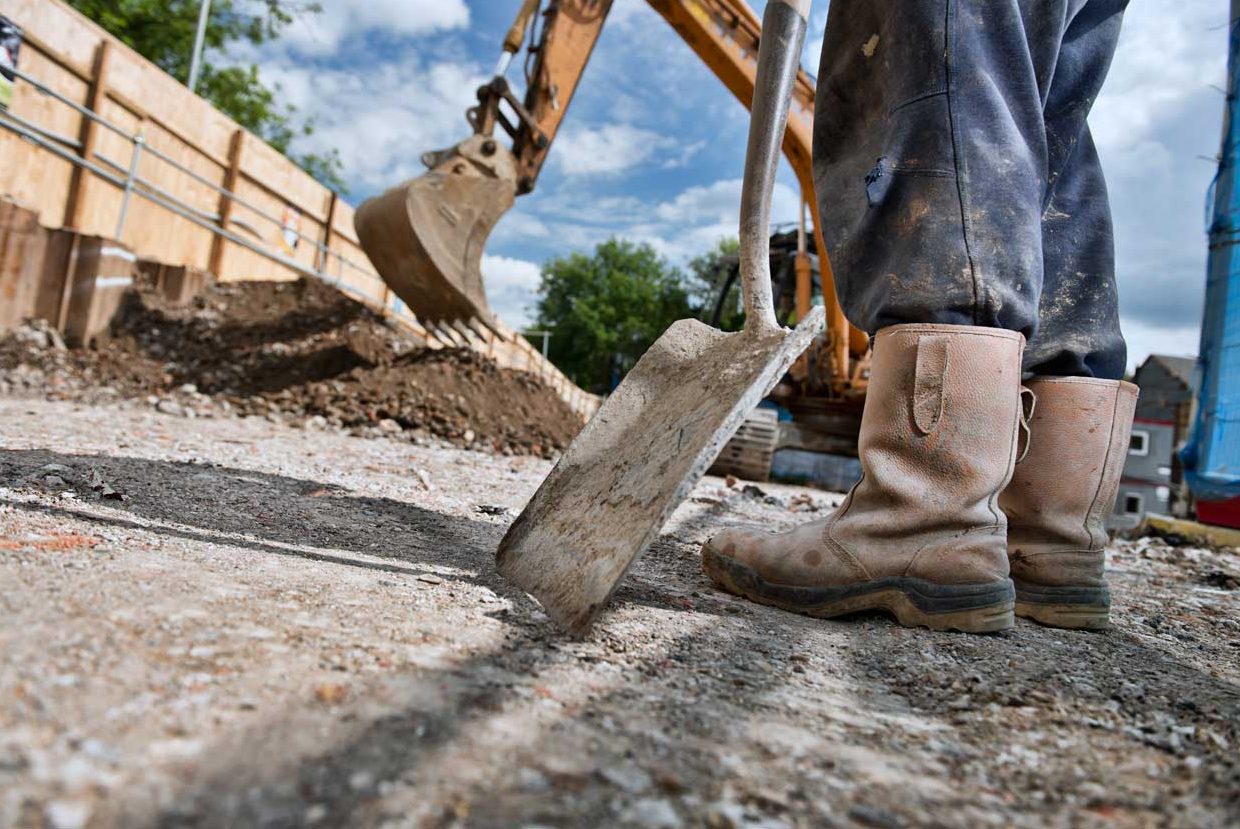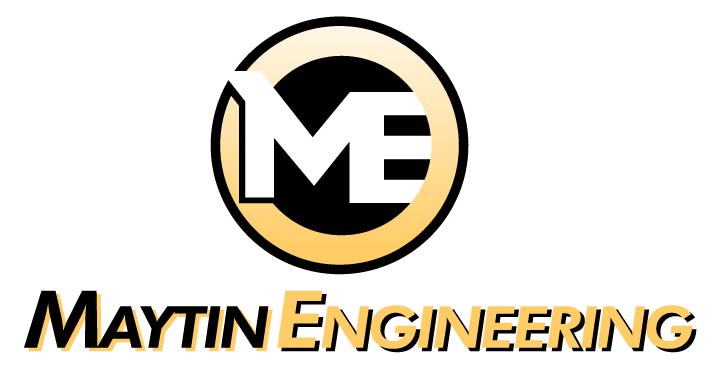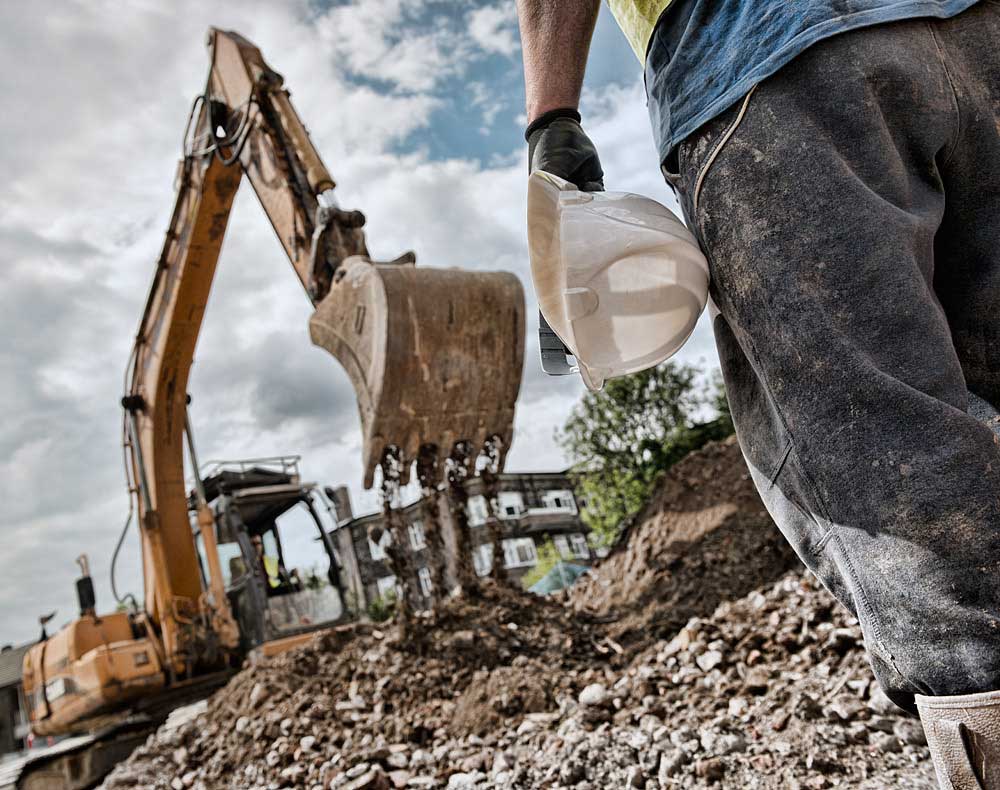Here is a detailed article, explaining exactly what are the most often identified construction phase commissioning issues to look for.
1. Limited access to above-ceiling components. Poor access often yields poor maintenance of building systems, which is terrible long-term. Equipment, valves, disconnect switches, and dampers often are located above ceilings in locations that are not accessible to the building operations and maintenance staff. Resolution of these issues encourages better maintenance of the building systems, and also reduces risk of injury to facility staff trying to reach components in difficult locations.
2. Insufficient access panels provided. System components located above hard ceilings must be accessible. Resolving instances where an access panel has not been provided, is insufficient in size, or is blocked by cabinetry or other permanent objects such as millwork or furniture is hugely important.
3. Duct insulation vapor barrier is damaged. Often, a vapor barrier surrounding duct insulation is damaged or unsealed during installation. These openings in the vapor barrier allow warm air to condense on the cold ductwork, yielding moisture that damages duct insulation and building materials below the duct. Which could be disastrous for any project.
4. Insufficient space to allow full thickness of duct insulation. Spaces between duct components and adjacent piping, building structure, or other duct components are often insufficient for the full required depth of duct insulation. Compressed duct insulation not only contributes to poor energy performance but also can damage building materials below due to condensation caused by the reduced R value of the compressed insulation. You should always look for this kind of issues.
5. Duct insulation that is not continuous. Duct insulation that is not continuous through partitions (non-fire-rated) is a frequent issue. This allows warm air to condense on the exposed duct section within the wall. This condensation then damages adjacent drywall, insulation, and finishes while also contributing to energy loss through the uninsulated area. Situations like this are also prime candidates for mold and mildew formation because the effects of condensation are often hidden within the partition and are not noticed quickly. A must for almost every construction.
6. Piping not insulated. Similar to duct insulation, piping is also often found to be uninsulated. This allows warm air to condense on cool piping, contributing to damage of adjacent materials, and causing unnecessary energy loss through the uninsulated area on both hot- and cold-water piping. This is commonly identified by an expert, but make sure to be cautious if this issues arise.
7. Mechanical controls issues. It’s fairly common, when a commissioning agent begins testing, to find that mechanical equipment does not respond to controls, does not operate in a specific mode, and has not been optimized for long-term operation.
8. Lighting controls tuning. Lighting controls issues are also very common. These include occupancy controls that do not deactivate lighting at the proper time and daylighting controls that are improperly calibrated and over-illuminate the spaces that they serve.
9. Moisture intrusion through windows. During commissioning testing of windows in the building envelope, commissioning agents often identify systemic problems in window installations. These issues allow moisture intrusion into the building that leads to material damage and conditions promoting mold and mildew formation. Which could cause a lot of problems long-term.
10. Moisture intrusion through roof. Observations during installation and testing of completed roofs often identify improperly installed roofing materials and roof drain bodies that allow moisture intrusion through the roof that will also damage materials and promote mold and mildew formation. Easy to avoid and fix once it´s identified.

Time and again, these issues have appeared in projects. Avoiding and eliminating these issues reaps both financial and non-financial benefits for owners.
If you liked this article, make sure to share it with your contacts to add value to their construction projects.
Maytin Engineering Corp is a professional Construction Contractor. Maytin has experience in all aspects of new and existing building projects. If you are looking for an Engineering Corporation in Miami, make sure you get in touch with Maytin Engineering Corp. to get a quote for your next project.

